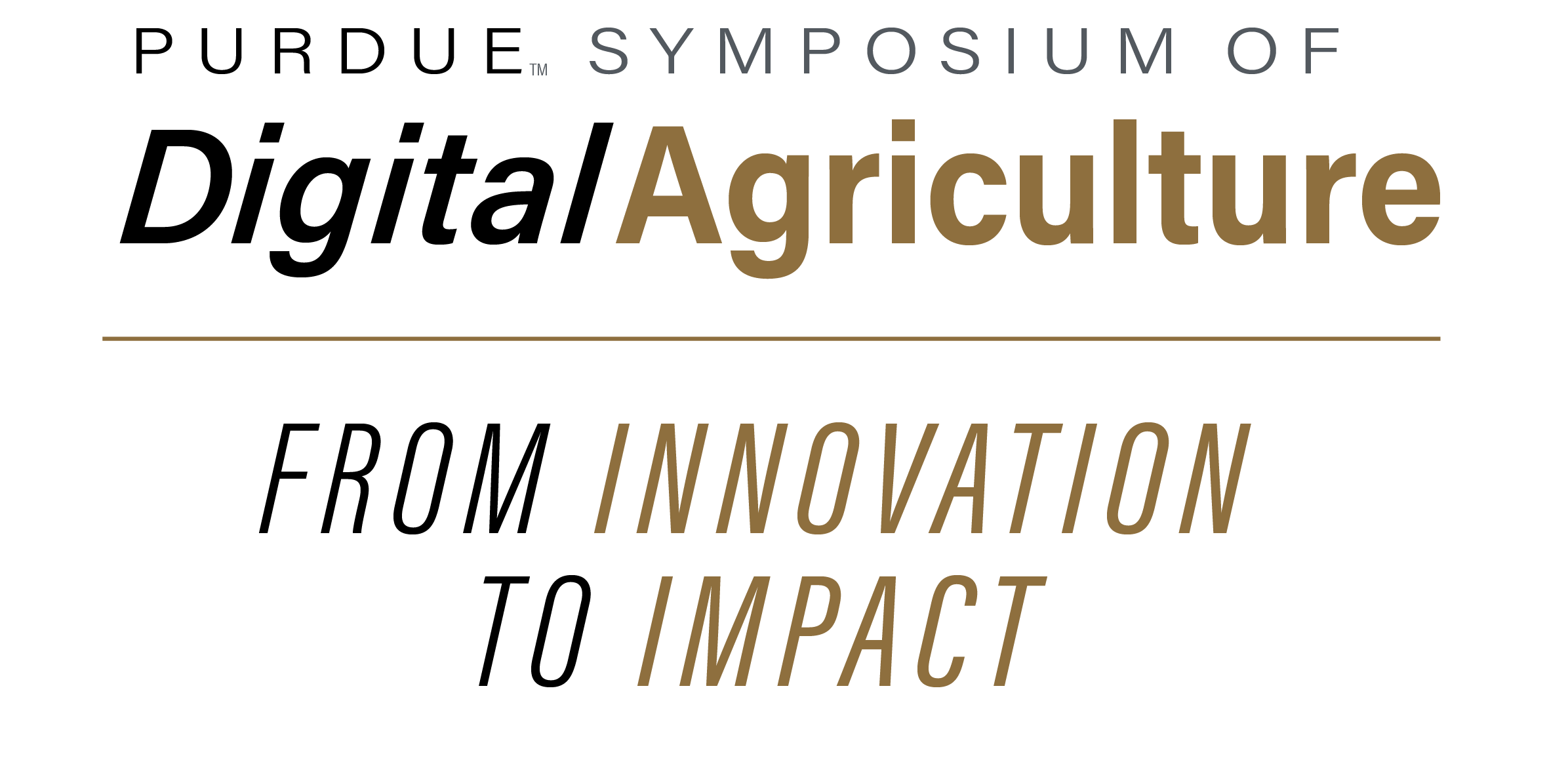Abstract
Weed management is one of the most urgent and unresolved challenges in specialty crops in most regions in the United States. For crops like horseradish, which are largely cultivated in Illinois and Wisconsin, the weed issue is magnified because of the crop’s long growing season and sensitivity to chemical applications. Farmers in these states are responsible for more than 80% of the US horseradish market. However, for the current weed control practice, they rely on expensive manual labor, which is in short supply, or repeated application of unlabeled herbicides that degrade soil and lead to a herbicide-resistant weed population. Therefore, there is a need for a site-specific and environmentally responsible weeding solution that meets the practical realities of the horseradish growers. Thus, in an attempt to solve this problem, the mechanical weeding system was developed and deployed, which could identify and remove weeds in horseradish fields. An object detection model was developed to distinguish between weed and horseradish, which achieved an accuracy of more than 90%. A 2-row modular mechanical weeding system performed precisely during the lab-scale testing.
Keywords
Specialty crops; Horseradish; Robotics; Mechanical weeding system; Object detection model
DOI
10.5703/1288284318190
Site-specific mechanical weed management for specialty crops through AI-driven robotics
Weed management is one of the most urgent and unresolved challenges in specialty crops in most regions in the United States. For crops like horseradish, which are largely cultivated in Illinois and Wisconsin, the weed issue is magnified because of the crop’s long growing season and sensitivity to chemical applications. Farmers in these states are responsible for more than 80% of the US horseradish market. However, for the current weed control practice, they rely on expensive manual labor, which is in short supply, or repeated application of unlabeled herbicides that degrade soil and lead to a herbicide-resistant weed population. Therefore, there is a need for a site-specific and environmentally responsible weeding solution that meets the practical realities of the horseradish growers. Thus, in an attempt to solve this problem, the mechanical weeding system was developed and deployed, which could identify and remove weeds in horseradish fields. An object detection model was developed to distinguish between weed and horseradish, which achieved an accuracy of more than 90%. A 2-row modular mechanical weeding system performed precisely during the lab-scale testing.


